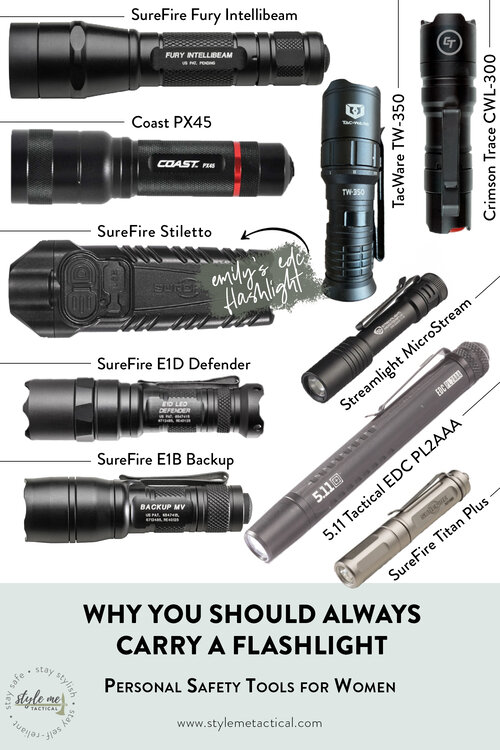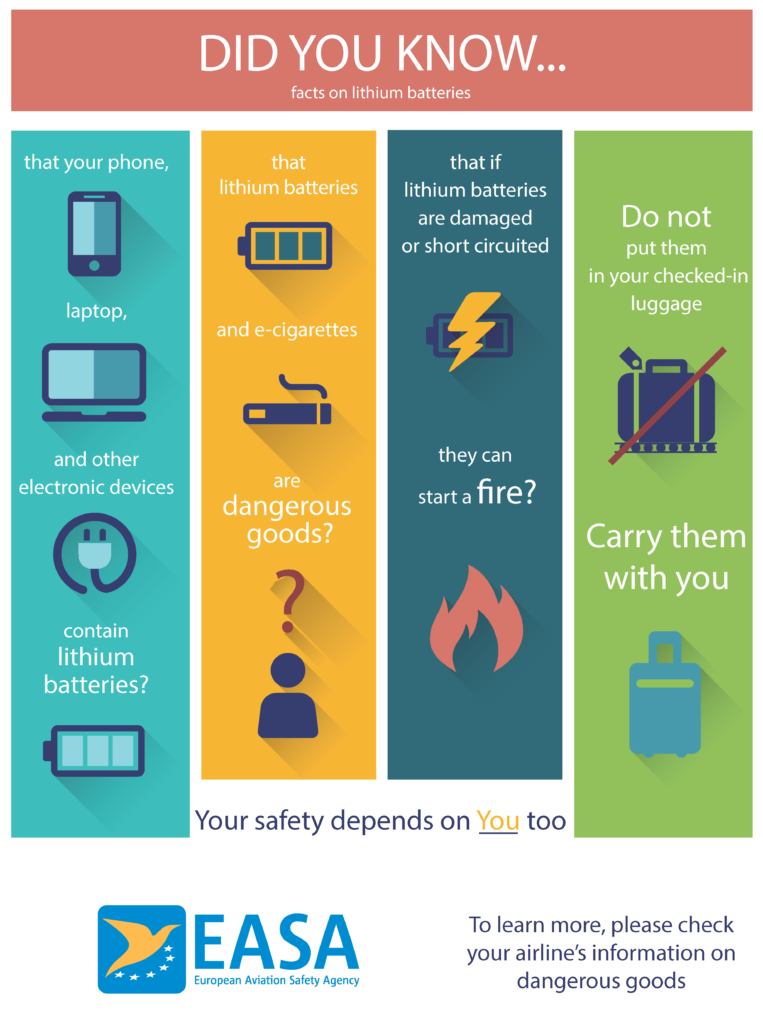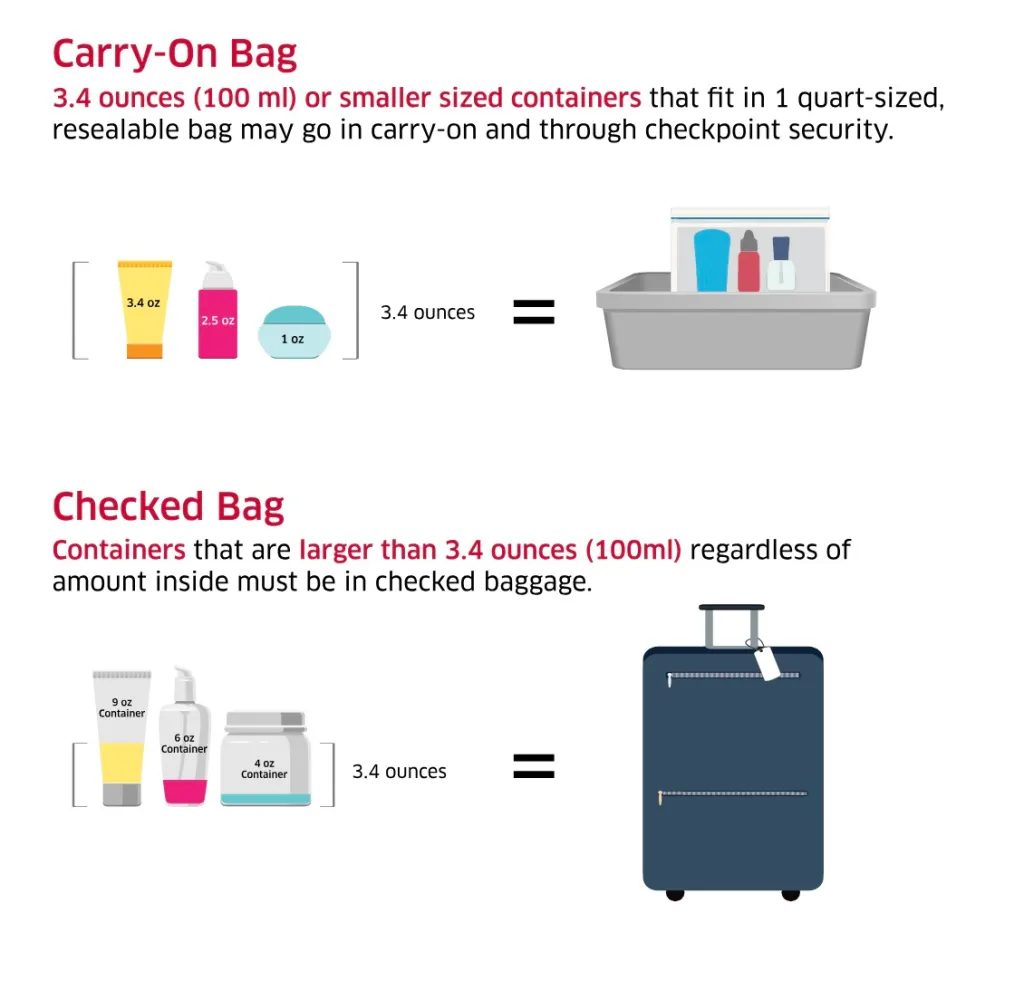Table of Contents
Are you wondering if you can pack a flashlight in your carry-on luggage? Flashlights are generally allowed in both carry-on and checked luggage, but there are specific size and battery restrictions to follow. Here’s a detailed guide on how to travel with your flashlight without hassle.

When preparing for air travel, many people wonder about the specific items they can bring in their carry-on. Flashlights are a common item that travelers may need, and understanding the regulations around them can help ensure smooth sailing through airport security.
Table of Contents
What Are the TSA Regulations for Flashlights?
Flashlights are allowed in both carry-on and checked luggage under TSA regulations, but there are restrictions based on size. Flashlights longer than seven inches must be packed in checked luggage. For flashlights smaller than seven inches, they can be packed in your carry-on.

The TSA has clear rules that help simplify the process for travelers. The key is knowing the size of your flashlight. If it’s smaller than the regulated limit, you won’t face any trouble carrying it in your carry-on. However, if it exceeds the limit, it will need to go in your checked luggage.
What Types of Flashlights Can You Bring in Your Carry-On Luggage?
Most handheld flashlights are permitted, but flashlights with dangerous features like glass-breaking bezels or those designed for self-defense should be placed in checked luggage due to safety concerns. Tactical flashlights are also allowed as long as they meet size and feature requirements.
While most flashlights are allowed, certain features could cause concerns. Glass-breaking features, while useful in emergencies, are considered a safety risk during flight. This is why TSA typically asks travelers to place these types in checked baggage. On the other hand, tactical flashlights, despite their rugged features, can be carried on as long as they meet the size limitations.
How Should You Pack Your Flashlight for Air Travel?
To prevent accidental activation during travel, it’s best to put your flashlight in lockout mode or remove its batteries before packing. Additionally, placing it in a separate compartment away from clothing will reduce the risk of theft during security checks.
Packing a flashlight properly can prevent common travel problems. Lockout mode ensures that your flashlight doesn’t turn on by accident, saving you from unnecessary battery drain. Also, placing the flashlight in a separate compartment ensures easy access during security screening while minimizing the risk of theft or mishandling.

What Are the Battery Restrictions for Flashlights in Carry-On Luggage?
Batteries used in flashlights can be carried in both carry-on and checked baggage, but there are important restrictions. Lithium-ion batteries must be packed in your carry-on luggage, and they should have a watt-hour rating below 100Wh. Alkaline batteries, however, have fewer restrictions and can be packed in either bag.
When traveling with batteries, there are important safety considerations to keep in mind. Lithium-ion batteries, commonly found in high-performance flashlights, are sensitive to pressure changes and need to be placed in your carry-on. However, alkaline batteries can be packed in either carry-on or checked luggage, offering more flexibility for your packing needs.
What Are Some Common Misconceptions About Traveling with Flashlights?
Many travelers mistakenly believe that all flashlights are banned from carry-on luggage. In reality, as long as they meet size, feature, and battery requirements, most flashlights can easily travel with you in your carry-on without issues.
One of the most common misconceptions is that all flashlights are prohibited in carry-on luggage. This is far from the truth. While some specific features or larger sizes may require adjustments, the majority of flashlights are travel-friendly as long as they fit the regulations.

What Are the International Regulations for Carrying Flashlights?
While TSA guidelines apply within the United States, regulations vary internationally. For example, Canada follows similar rules for flashlights, but each country may have specific restrictions. Always check the rules of the country you’re traveling to before packing your flashlight.
It’s essential to keep in mind that regulations can vary from country to country. While the TSA has its set of rules, international destinations may have their own guidelines. Countries like Canada have similar rules, but others may be stricter or more lenient. Always double-check before you travel to avoid any surprises at security.
What Are the Latest Market Trends and Statistics for Flashlights?
The tactical flashlight market was valued at approximately USD 1.73 billion in 2023 and is expected to grow to USD 3.4 billion by 2030. This market growth reflects the increasing demand for high-performance flashlights, especially for outdoor enthusiasts and professionals.
Flashlight technology has been rapidly evolving, with the market for tactical flashlights seeing impressive growth. This growth is driven by advancements in performance, battery life, and versatility. As more people take part in outdoor activities and need reliable lighting, the demand for high-quality flashlights continues to soar.
| Year | Market Value (USD) | Projected Growth Rate (%) |
|---|---|---|
| 2023 | 1.73 billion | – |
| 2030 | 3.4 billion | 11.4% |

Frequently Asked Questions About Carrying Flashlights
Can I bring a flashlight in my carry-on luggage? Yes, most flashlights are allowed, provided they meet the size requirements.
Are there size restrictions for flashlights on airplanes? Yes, flashlights longer than seven inches must be packed in checked luggage.
What types of batteries can I bring with my flashlight? Alkaline and lithium batteries are allowed, but lithium-ion batteries must be carried in your carry-on luggage.
Can tactical flashlights be carried on planes? Yes, tactical flashlights are permitted as long as they comply with TSA regulations.
Are there specific brands or models that are not allowed? Generally, flashlights with dangerous features, like glass-breaking bezels, should be placed in checked luggage for safety reasons.
Conclusion:
Traveling with a flashlight in your carry-on luggage is possible, but it’s crucial to understand the size, feature, and battery restrictions set by TSA and international regulations. Follow these guidelines to avoid any issues during airport security and ensure a smooth travel experience. If you’re looking for high-quality flashlights, check out our latest flashlight models. Happy travels!



